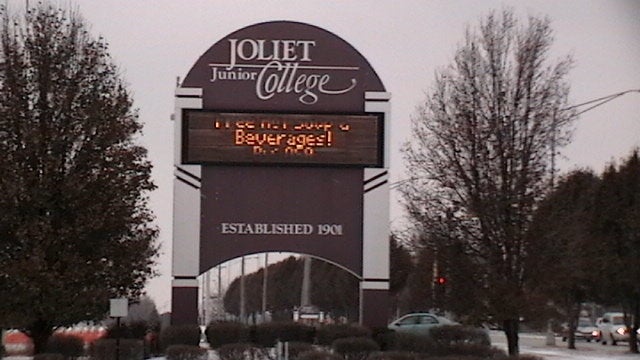A growing wage gap between public and private colleges, coupled with the increased reliance on part-time instructors, threatens to degrade academic quality at certain universities, according to a new report from the American Association of University Professors (AAUP).
The average pay for all types of professors, instructors and lecturers is $84,303 for the academic year 2012-13, but the report noted a big difference between public and private colleges. At public institutions, the average is $80,578, while at private schools, it's $99,771.
For a full professor, the average salary at a private university this year is $139,620, a notable hike over the average $110,143 at public colleges, and that difference has been growing. This public-private gap has increased from 18 percent in 2004 to 24 percent in 2013, according to the Chronicle of Higher Education.
The AAUP report attributes the lower compensation at public institutions to declining state support and says that public schools are at risk of losing their brightest faculty to private institutions.
"The heart of any college or university is its human capital," Terry Hartle, senior vice president of the American Council on Education, told The New York Times in response to the report. "And if you're a public university, particularly one aspiring to be a research university, you have to worry about losing your best faculty to institutions that can pay more."
Some academic leaders have already sounded the alarm. Eric J. Barron, president of Florida State University, told a state higher education task force last year that the discrepancy in faculty pay could lead to an exodus of the best professors.
"They're letting us become the farm team for other states," Barron said in June 2012.
At the same, there has been a shift in the academic workforce away from full-time tenured professors toward more vulnerable part-time faculty.
Tenured and tenure-track full-time positions combined form less than one-quarter of the higher education workforce, the AAUP report said. The rest of the jobs are filled by contingent faculty, often referred to as adjunct instructors and lecturers. It's a complete reversal from 1969, when such non-tenure-track positions comprised 21 percent of instructional staff, according to the Pullias Center for Higher Education at the University of Southern California.
For adjunct faculty, the pay is much lower, and raises are hard to come by.
Median pay per course for adjunct faculty is $2,700, according to the AAUP report. Generally, public institutions in the Southeast pay adjuncts the least, with median pay per course at $2,400 for a four-year college and $1,800 for a community college.
Among part-time faculty respondents to a survey by the Coalition on the Academic Workforce, of which AAUP is a member, just 18.8 percent said they received regular salary increases.
The AAUP said it did not have the data to show what proportion of courses are now being taught by adjuncts. "But the data we do have make it abundantly clear that part-time faculty members are paid unacceptably low wages, and the extent of this inequity ... forms a very real (even if still hidden from public view) multi-tier academic labor structure," the report declared. "It's an inequity that cannot be allowed to stand."
The increased use of adjuncts is also troubling, the AAUP said, because they have lower levels of institutional support and academic freedom. "This translates into a less rich academic experience for those students who are still at an early stage in developing their interests and the skills of independent inquiry," the report said.

